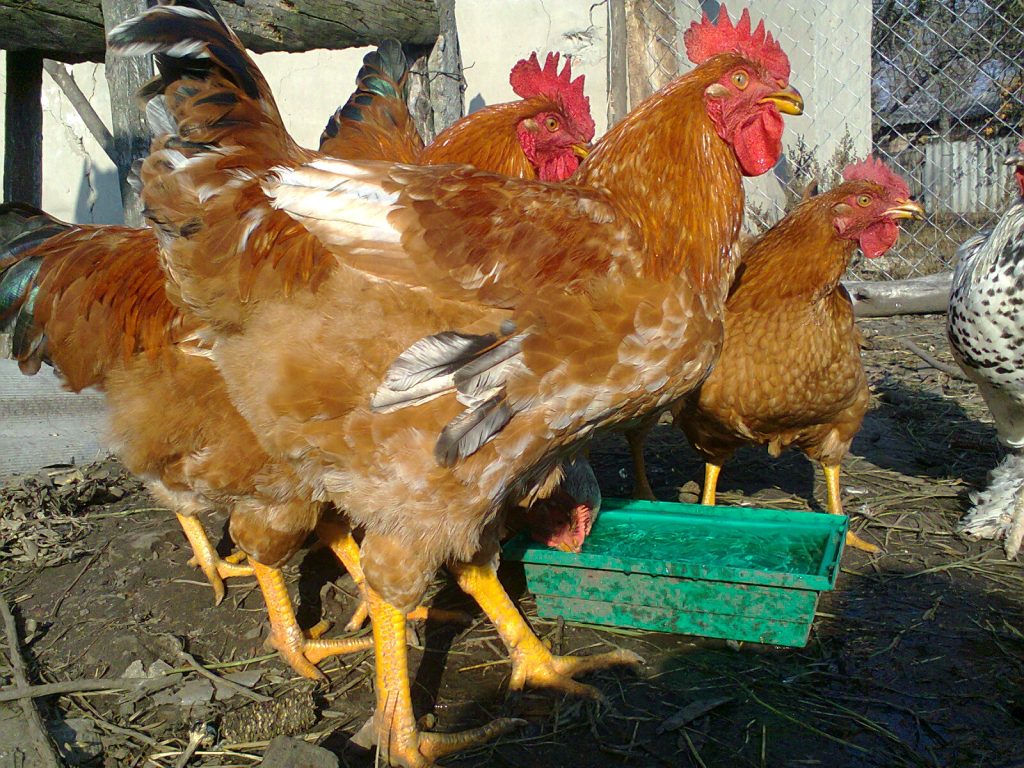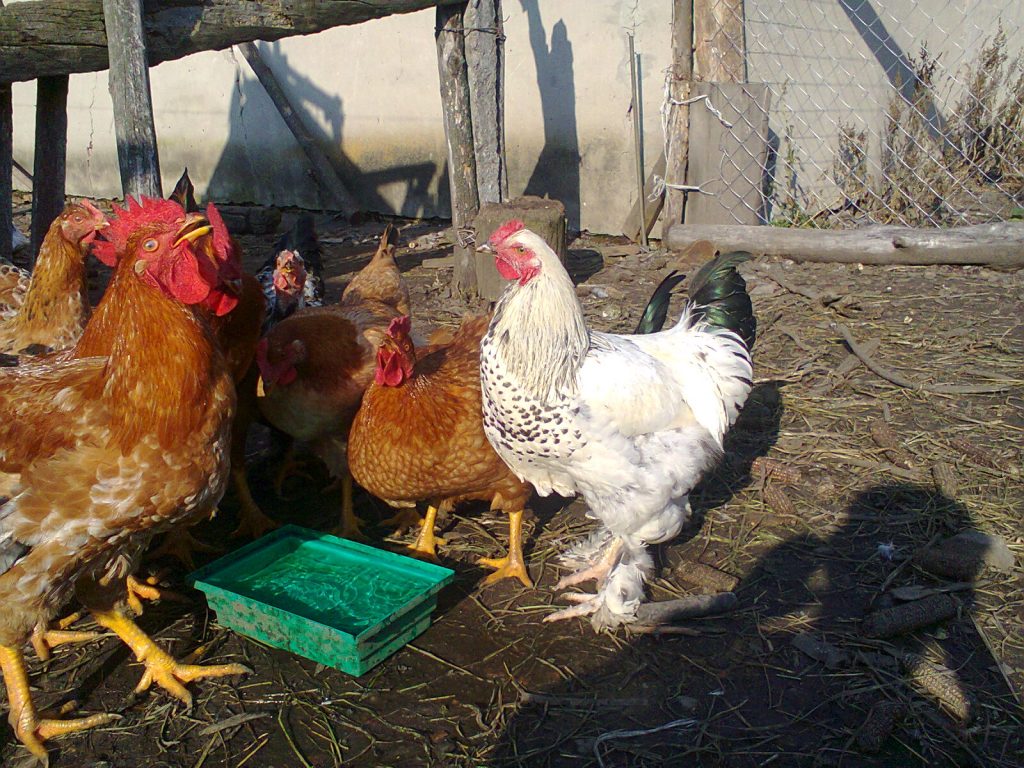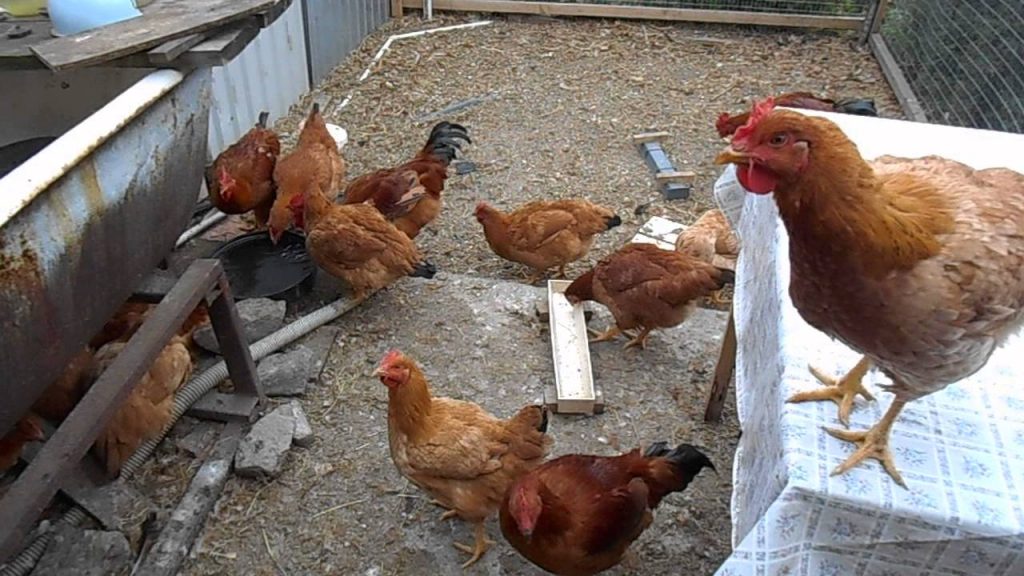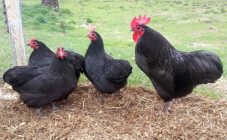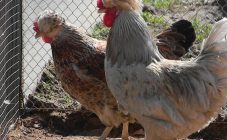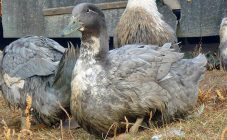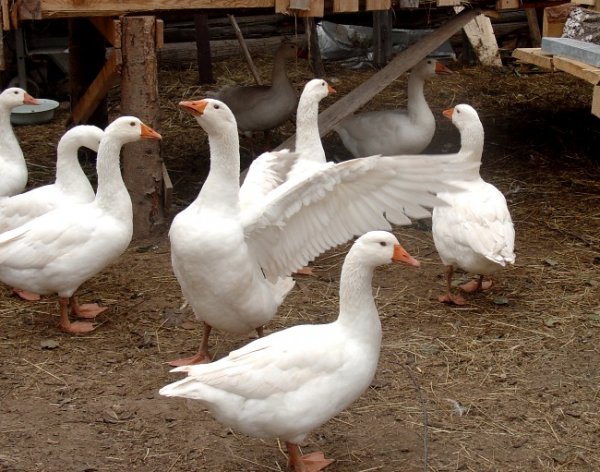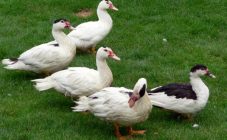Content:
Chicken is the most common type of poultry. They are grown to obtain not only meat and eggs, but also down, feathers, which are used in other economic areas. Chicken meat is considered one of the healthiest and tastiest.
Males are always larger than females, the difference in weight is about 1 kg. All individuals emit characteristic sound signals, there are about ten of them. In chickens, sexual dimorphism is expressed. Males have bright and lush plumage on the tail and neck, and bony outgrowths - spurs - form on the legs.
History of the breed
The name of the breed Foxy Chick (Foxy Chick) is translated as "fox chicken". The reason was the red "fiery" color of the chickens. The birthplace of the breed is Hungary. They crossed Hungarian chickens and English Orpington. As a result, they were able to get a new breed of chickens, which reached large sizes and received the second name "Hungarian giants". Currently, the breed is widespread throughout the world in the meat and egg direction. Cross refers to the leaders in productivity.
Characteristics and description of the breed of chickens Foxy Chick
Representatives of this breed are classified as broilers because of their impressive size. They are short, but have a dense build and strong muscles. The wings fit snugly to the body. Individuals stand out with a wide sternum and short yellow legs. The limbs are strong and short. The head is small in size, with a red leaf-like crest and bulging eyes. Eye color - orange or brown. The head rests on a strong, wide neck. The breed's peculiarity is magnificent plumage with red color. The tail is located at an angle of 45 degrees to the body. The beak is yellowish, medium length.
Productivity
The breed belongs to the universal, since chickens are bred for meat and eggs. In one year, a chicken is capable of producing 300 eggs. The laying hen begins to bear them in the fourth month. The weight of one egg is about 65 g. The shell has a pale pink or light brown color.
Individuals of this breed have high weight indicators. An adult male weighs about 6 kg and a female 4 kg. The chicks, however, look thin despite being of good weight. After 3 weeks, the chickens weigh 450 g. For 7 weeks of growth, their weight reaches 1730 g. The lean physique is caused by the fact that they first grow in length, and then in width. Chickens are very different from adults, so many may mistake them for a different breed.
The growth rate of this cross is slower than that of broiler breeds. However, raising these birds pays off for their versatile purpose.
Chicks have a high survival rate of close to 100%. They cannot get along with chickens of other breeds. They have a very violent character and can even start fights among themselves. Therefore, there should be only one rooster in one hen house. Even the hens arrange a showdown with each other.
Feeding
The chickens are fed with compound feed for broilers. Fresh water is essential to prevent chicks from choking. It is allowed to give homemade food of your own preparation. Fermented milk products can be added to them.
After 3 weeks of feeding, the chicks can be fed ground grain. Feeding takes place three times a day. When the chicks are over 40 days old, they can be sent outside.
Adults are given mash, balanced feed, as well as special supplements containing vitamins. Chalk, salt, and shells can be added to feed in small doses.
Content
Chickens of the Foxy Chick breed are undemanding to the conditions of detention, but they are not too adapted to the Russian cold. For the winter, they must be closed in a barn that will not be blown out, since the birds are afraid of drafts.
The bedding before winter should be deep so that the hens make a warm indentation for themselves. Hay, straw, sawdust are used as bedding. The layer thickness is 10-15 cm.
The shed should not be heavily populated with birds, otherwise they will have chewing lice. For prevention, you need to put them a box with ash, in extreme cases - with sand. They will swim in it. When bathing, a protective layer forms on the body, which prevents the development of parasites.
The room should be insulated before winter in severe frosts. If the winter is not cold, you don't need to.
During the warm season, it should not be hot in the chicken coop.
Breeding features of the breed
In Russia, Foxy Chick chickens are rare. Eggs for incubation can be purchased at specialized poultry farms, for example, in Moscow.
It is better to buy medium-sized eggs. Large ones may have defects, while small ones may develop weak chicks. Eggs should be carefully inspected before setting for incubation. You need to make sure there is no damage or cracks. The form must be correct. With the help of an ovoscope, the location of the yolk and air chamber is determined. The camera should be located at the blunt end of the egg, and the yolk in the middle. In the incubator, you need to monitor the maintenance of the microclimate and turn the eggs in a timely manner.
Feeding the chicks bred in this way does not have any special features. Either compound feed for broilers or milled grain.
To breed chickens of this breed at home, you need to cross the Foxy Chick chickens and the Orpington red roosters. The resulting offspring is large in size and good meat performance. If crossed with an Island rooster, the egg production characteristics will remain the same.
Breed advantages and disadvantages
The Foxy Chick breed has much more positive characteristics than negative ones. The advantages of the cross include primarily the economic component. Bird breeding is beneficial because of the 100% chick survival rate. In addition, chickens are unpretentious in terms of living and feeding. Another plus is the universal purpose of the cross - meat and egg. Chickens grow rapidly and reach impressive sizes. They are characterized by high egg production. They can be grown in different climatic zones, they adapt well to environmental conditions.
The disadvantage of the breed is the conflicting nature of the behavior of chickens. They cannot live in the same aviary with other birds and can even get into fights with each other. If a stranger or any animal enters the enclosure, they begin to cackle loudly.
The Foxy Chick breed is gaining popularity. In Europe, it is one of the ten most productive hybrids. In Russia, mass breeding of this breed is not observed, therefore, it can be very difficult to acquire chickens or eggs for incubation. Plus there is the risk of being cheated. A young chick is very different from an adult, and it is difficult to determine whether it belongs to the Foxy Chick. Therefore, it is recommended to buy only at specialized poultry farms. The breed is well suited for owners of private enclosures.
